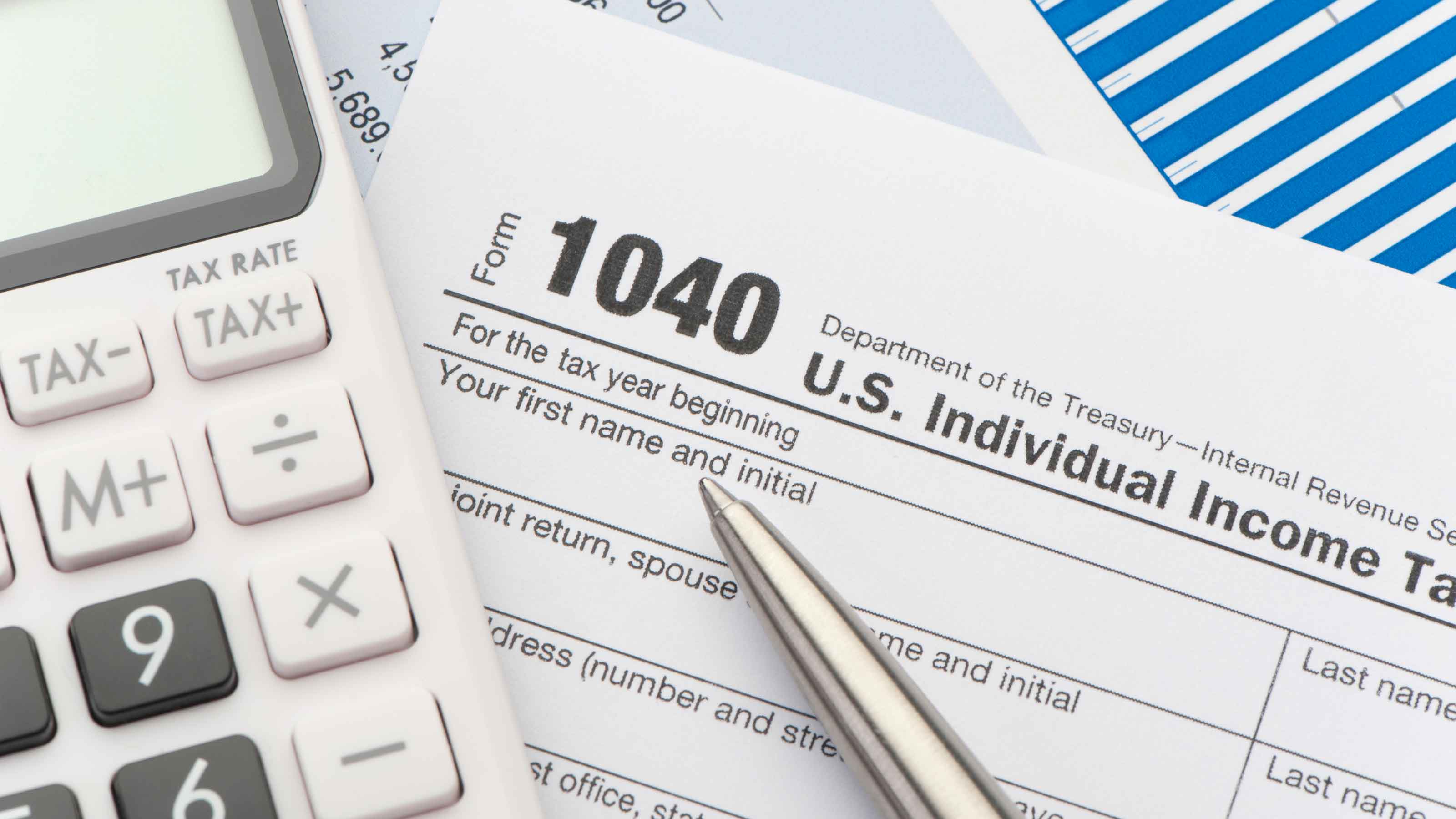7 Tips to Pay Fewer Taxes
Use flexible spending accounts to escape taxes on essential expenses.
Health care spending accounts
Health care spending accounts let you designate the amount to be deducted from your salary each payday, starting at the beginning of the year. For now, your employer sets the maximum amount you can contribute (in 2013, the maximum for all plans will be $2,500); your contributions avoid federal, state and local income tax as well as Social Security and Medicare taxes. The money can be withdrawn as reimbursement for qualified health expenses, such as co-payments, eyeglasses and contact lenses, and the cost of prescription drugs. (As of 2011, you can no longer use money in the account for nonprescription drugs.) If you don’t use the money by the end of the plan year or, with some employers, by March 15 of the following year, you lose whatever’s left in the account.
DOWNLOAD: The Kip Tips iPad App
Dependent care accounts
Dependent care accounts let you set aside up to $5,000 a year in pretax dollars to cover child care expenses for children under age 13, or day care for a disabled spouse or dependent. To qualify for this benefit, you must be employed, looking for work or a full-time student. As with the health spending account, if you don’t use all the money by the end of the plan year, you lose the remaining amount.

Sign up for Kiplinger’s Free E-Newsletters
Profit and prosper with the best of expert advice on investing, taxes, retirement, personal finance and more - straight to your e-mail.
Profit and prosper with the best of expert advice - straight to your e-mail.
Transportation spending accounts
Transportation spending accounts allow you to set aside pretax contributions for commuting expenses, such as bus fare, train fare or parking. In 2012, the monthly maximum you can contribute for parking is $240; for other commuting expenses, the max is $125. These plans typically let you adjust your contribution amount during the plan year, and they don’t have the “use it or lose it” rule.
Sell losing investments to cut taxes
Turn your investment losers into winners by using them to cut your tax bill. You’ll have to sell your investment to do so, and the assets must not have been held in a tax-deferred account, such as an IRA.
If you’ve got losses that qualify, you can use them to offset any capital gains you pocketed that year. You’ll need to match up your long-term capital gains -- on investments held for more than one year -- with long-term losses, and match up short-term gains (held for one year or less) with short-term losses.
Do your losses exceed your gains? Use the excess to write off up to $3,000 of ordinary income. If you still have leftover losses, you can carry them forward to offset capital gains and up to $3,000 of ordinary income in future years.
Take home-office tax breaks
Karen Baca Ostrom has been running a business from her Los Angeles–area home for years, but she never claimed home-office deductions because they appeared to be more trouble than they were worth.
Now that Ostrom, a court reporter, is living in a rental following her 2011 divorce, she is having second thoughts. Home-office write-offs are simpler and far more compelling for renters than for homeowners. “It seems like it’s at least worth considering,” says Ostrom.
People who operate a business from home have access to a number of potentially lucrative tax breaks, but the home-office deduction can be a mixed bag. That’s because homeowners who itemize deductions can already write off their biggest expenses: home mortgage interest and property taxes. Home-office deductions simply allow you to claim a portion of your utility and repair bills, as well as depreciation on the presumably small portion of the house that’s used exclusively as an office.
That can add up to a relatively small tax break -- and it comes with strings. The depreciation may need to be “recaptured” when the home is sold -- meaning Uncle Sam wants you to give back some of the depreciation benefits you claimed. Taking a home-office deduction is widely believed to be a red flag that triggers an IRS audit.
But for a renter, a home-office deduction is far simpler, says Philip J. Holthouse, partner at the Los Angeles tax-accounting firm Holthouse, Carlin & Van Trigt. You simply figure out what portion of the apartment or house is used solely as office space and multiply that by the rent.
Establishing your home as your office can also allow for higher mileage deductions, says Jennifer MacMillan, a Santa Barbara–based tax specialist. For Ostrom, it would mean that every time she drives to court or meets a client, her round-trip from home is deductible at 55.5 cents per mile. “Log your mileage,” MacMillan advises, because small-business owners are more likely to be audited than wage earners. But honest taxpayers who are organized should not have a problem supporting their deductions.
Other tax breaks for business owners:
--100% of health insurance premiums for the business owner and his or her family
--Expenses for office equipment and supplies
--Business meals and travel
--Small-business retirement plan contributions up to 25% of income, or $50,000 in 2012
Use tax breaks to subsidize college
Set up a 529 savings plan and name your child as the beneficiary. These accounts let your contributions grow tax-free. If you use the money for qualified education expenses, such as tuition, fees, and room and board, the earnings on withdrawals escape taxes as well.
You can set up a 529 plan anywhere, but look to your own state first. Two-thirds of the states give residents a tax break for contributions to their state plan; Arizona, Kansas, Maine, Missouri and Pennsylvania give a tax break to residents for contributing to any state’s plan. If your kid doesn’t go to college, you can name another beneficiary or cash out the account, in which case you’ll owe income tax and a 10% penalty on earnings.
Once you start paying for college, take advantage of the American Opportunity Credit, which returns up to $2,500 for each qualifying student. You must have a modified adjusted gross income of $90,000 or less (single filers) or $180,000 or less (married couples).
The American Opportunity Credit applies to the first four years of undergraduate education. Beyond that, go with the Lifetime Learning Credit, which lets you claim up to $2,000 in qualified expenses per family each year. This credit disappears at a modified adjusted gross income of $61,000 (single filers) and $122,000 (couples filing jointly).
Fight an unfair property assessment
About 30% of U.S. properties are assessed at higher values than their actual worth, according to the National Taxpayers Union. If you suspect that your tax assessment is too high, you can file an appeal.
Before you can determine if the assessed value of your home is accurate, you need to know how your local government assesses properties. Commonly, an appraiser will compare a home with similar recently sold properties to settle on a market value. That figure may be multiplied by a set fraction, known as an assessment ratio, to determine the taxable value.
Next, get your property’s record card from your local tax assessor’s office and check for errors, such as incorrect figures for square footage or number of rooms. If you can prove that any of the information is incorrect, you may be able to get a reduction in your assessment on the spot, bypassing the appeal process.
You can search Zillow.com to see estimated values and sale prices of similar homes to get an idea of whether your assessment is accurate. Then pull the record cards of those homes at the assessor’s office or on its site, if it has an online database. The homes should be of about the same age and style, have the same number of bedrooms and bathrooms, and preferably be in your neighborhood. If you can find five or more properties at considerably lower values, you may have a good case.
Get all 100 of our top money-saving tips by downloading the new iPad app or purchasing the PDF version.
Get Kiplinger Today newsletter — free
Profit and prosper with the best of Kiplinger's advice on investing, taxes, retirement, personal finance and much more. Delivered daily. Enter your email in the box and click Sign Me Up.
-
 The AI Doctor Coming to Read Your Test Results
The AI Doctor Coming to Read Your Test ResultsThe Kiplinger Letter There’s big opportunity for AI tools that analyze CAT scans, MRIs and other medical images. But there are also big challenges that human clinicians and tech companies will have to overcome.
By John Miley Published
-
 The Best Places for LGBTQ People to Retire Abroad
The Best Places for LGBTQ People to Retire AbroadLGBTQ people can safely retire abroad, but they must know a country’s laws and level of support — going beyond the usual retirement considerations.
By Drew Limsky Published
-
 Kiplinger's Tax Map for Middle-Class Families: About Our Methodology
Kiplinger's Tax Map for Middle-Class Families: About Our Methodologystate tax The research behind our judgments.
By David Muhlbaum Published
-
 Retirees, Make These Midyear Moves to Cut Next Year's Tax Bill
Retirees, Make These Midyear Moves to Cut Next Year's Tax BillTax Breaks Save money next April by making these six hot-as-July tax moves.
By Rocky Mengle Published
-
 Estimated Payments or Withholding in Retirement? Here's Some Guidance
Estimated Payments or Withholding in Retirement? Here's Some GuidanceBudgeting You generally must pay taxes throughout the year on your retirement income. But it isn't always clear whether withholding or estimated tax payments is the best way to pay.
By Rocky Mengle Published
-
 How to Cut Your 2021 Tax Bill
How to Cut Your 2021 Tax BillTax Breaks Our guidance could help you claim a higher refund or reduce the amount you owe.
By Sandra Block Published
-
 Why This Tax Filing Season Could Be Ugly
Why This Tax Filing Season Could Be UglyCoronavirus and Your Money National Taxpayer Advocate Erin M. Collins warns the agency will continue to struggle with tight budgets and backlogs. Her advice: File electronically!
By Sandra Block Published
-
 Con Artists Target People Who Owe The IRS Money
Con Artists Target People Who Owe The IRS MoneyScams In one scheme, thieves will offer to "help" you pay back taxes, only to leave you on the hook for expensive fees in addition to the taxes.
By Rivan V. Stinson Published
-
 Cash-Rich States Lower Taxes
Cash-Rich States Lower TaxesTax Breaks The economic turnaround sparked a wave of cuts in state tax rates. But some say the efforts could backfire.
By Sandra Block Published
-
 The Financial Effects of Losing a Spouse
The Financial Effects of Losing a SpouseFinancial Planning Even amid grief, it's important to reassess your finances. With the loss of your spouse's income, you may find yourself in a lower tax bracket or that you qualify for new deductions or credits.
By Rocky Mengle Published